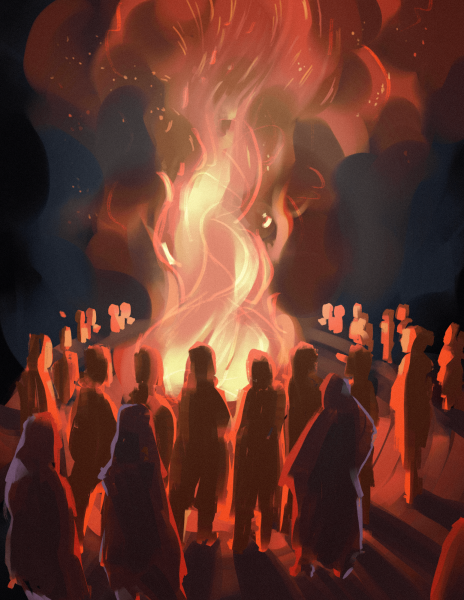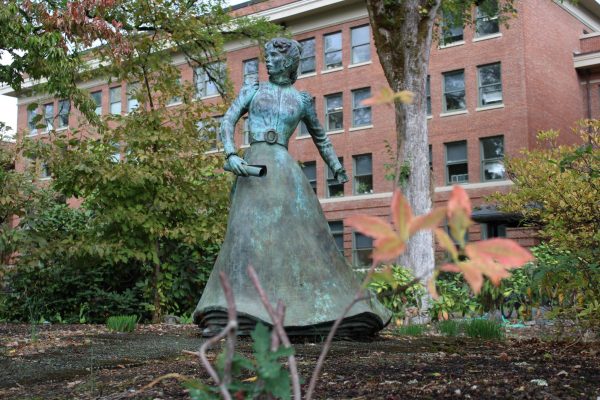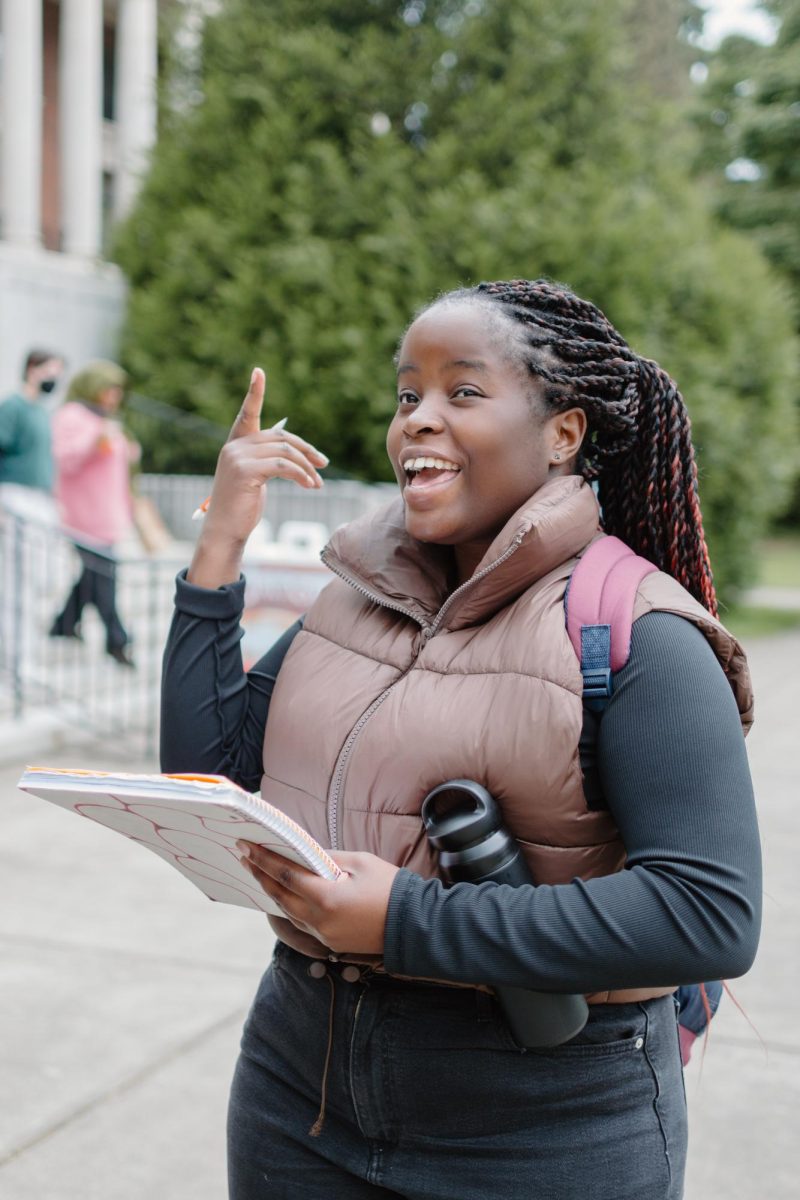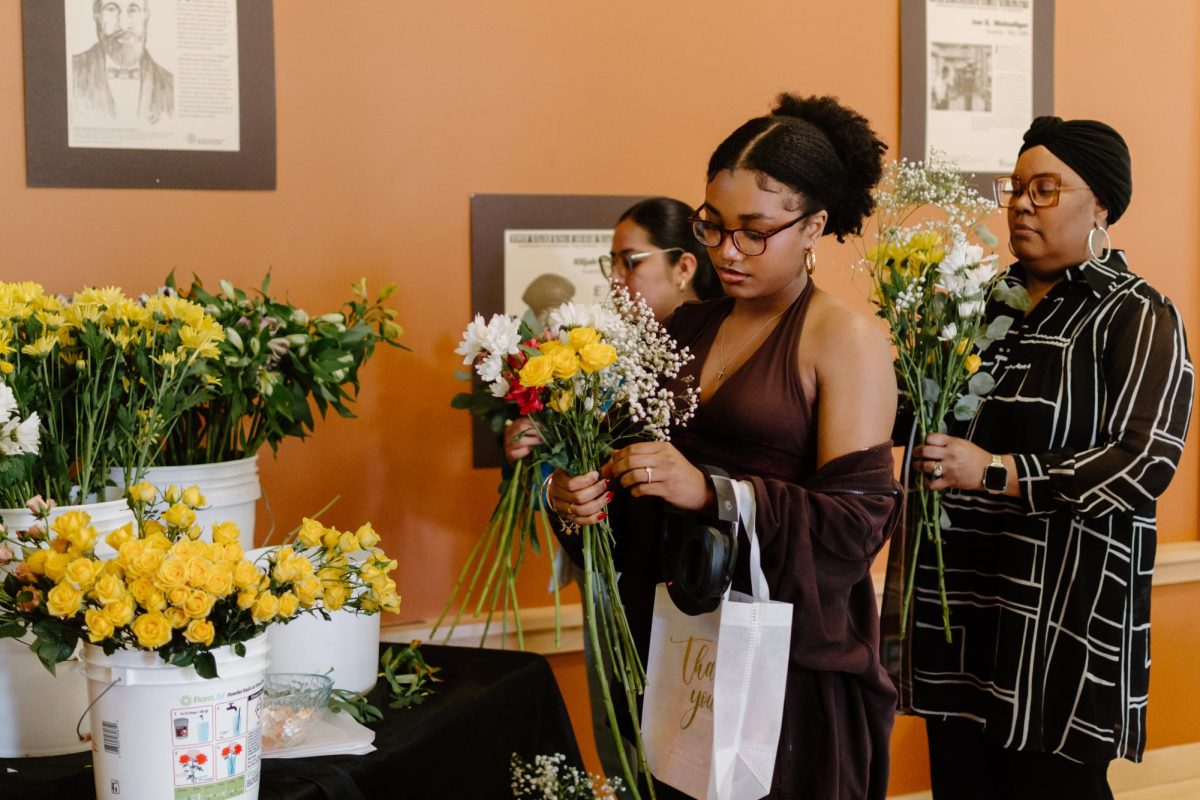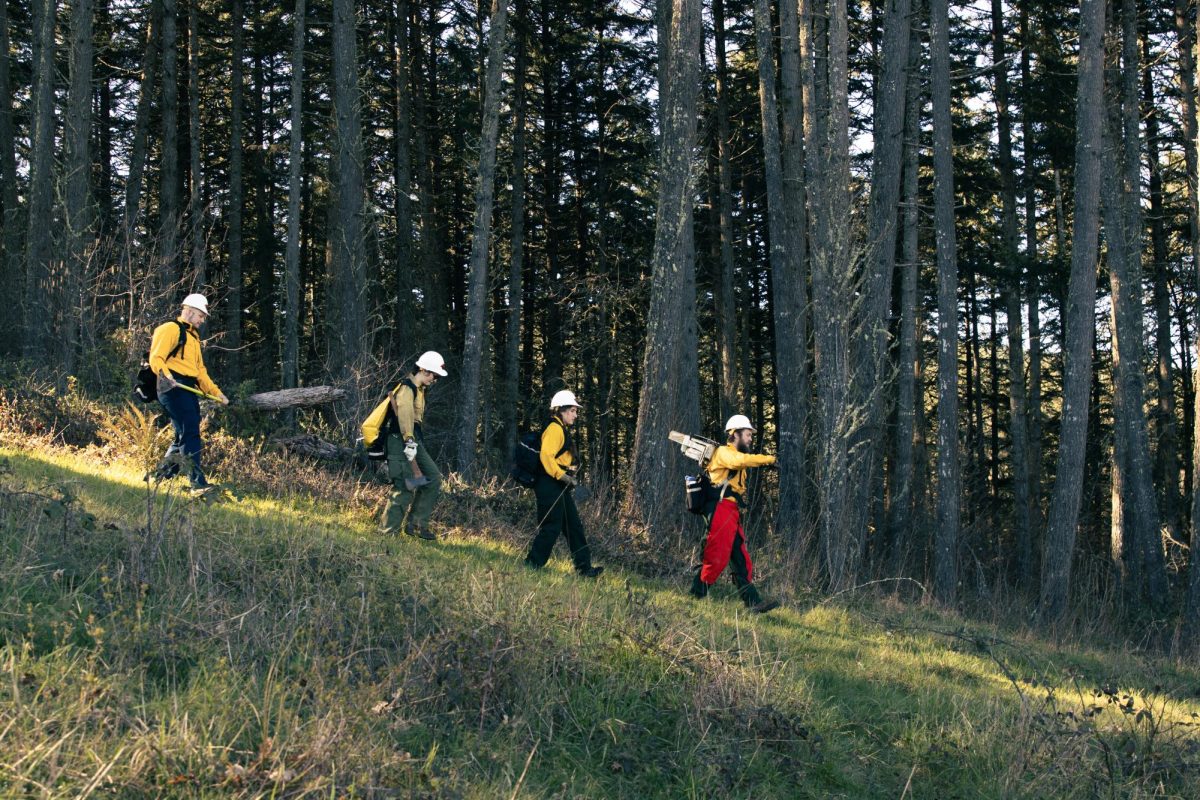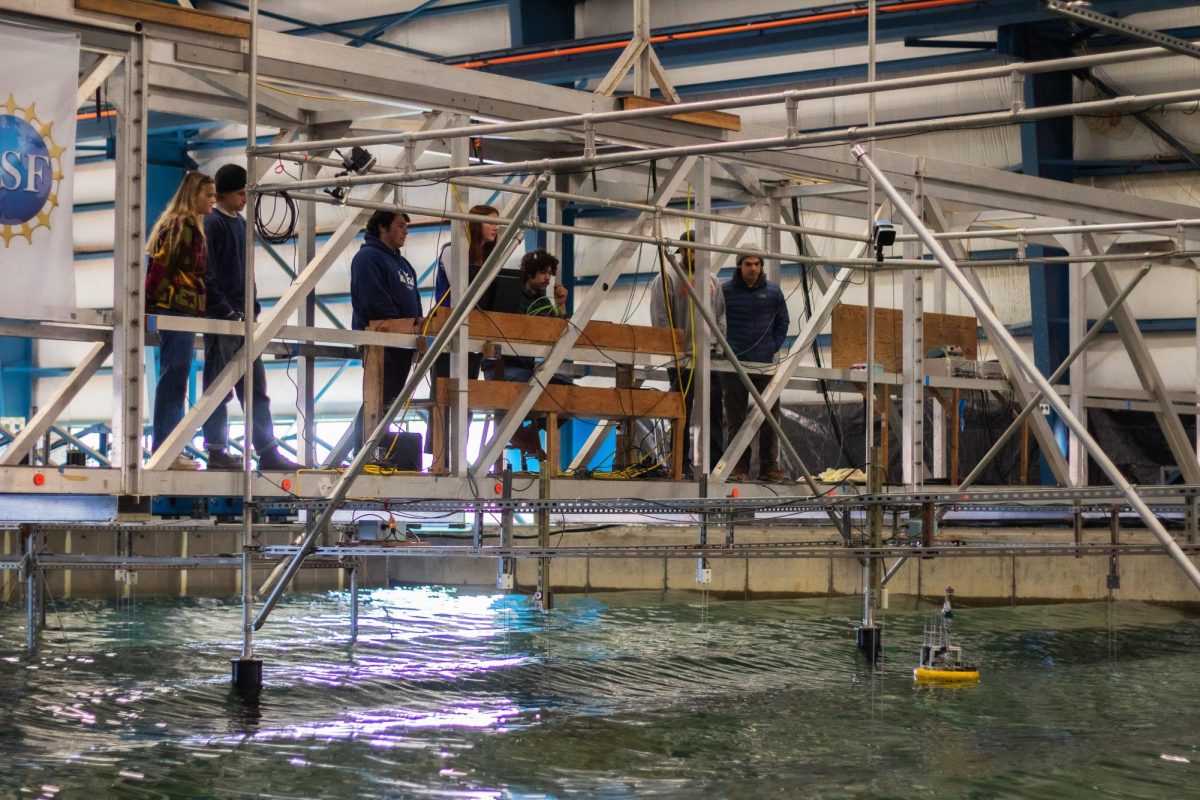In the basement of Nash Hall, one can spot a wide array of various taxidermied organisms, including a female deep sea anglerfish with a smaller, male anglerfish attached.
All of this can be found within the Oregon State University taxidermy museum, overseen by Peter Konstantinidis, created as a place of learning for the university students.
Cynthia Leonard, who oversees the Ocean11 marine club said that there are several collections, primarily kept in the basement of Nash hall, which includes birds, mammals, and fish.
The fish collection contains over 260,000 fish Konstantinidis said, making it the largest of the three collections.
The fish collection was established in 1935 and holds mainly species from the Pacific Northwest like the bird and mammal collection.
It is the primary location for research on fish in the region. The bird and mammal collection is smaller, at only around 9,200 specimens, and its origin date is unknown.
“The department of fisheries, wildlife, and conservation sciences inherited the collections from the former zoology department…around 1978 or 79’,” Konstantinidis said in an email.
He cites his personal favorite specimens as a female deep sea anglerfish, the tail of a once-17-foot-long thresher shark, a baby bill fish, a dusky seaside sparrow, which is now extinct, the bats, toucans and a walrus skull with its tusks.
This museum formerly provided tours, partially led by Leonard. Most tours of these collections took place during dead week and were led by the clubs and their members. Since the student who organized them has since graduated it is unclear if these tours will continue. However, Konstantinidis, who oversees the collection, is willing to provide tours.
“We’ve partnered with a couple of clubs for the OSU Collection Tours” said Leonard, “(such as the) natural histories and collection club, and the fish & wildlife club.”
While the collection isn’t always on display, Konstantinidis says he is “always willing to show groups of students or the public.” He asks that students contact him via email at [email protected], a few weeks in advance in order to schedule a tour.






